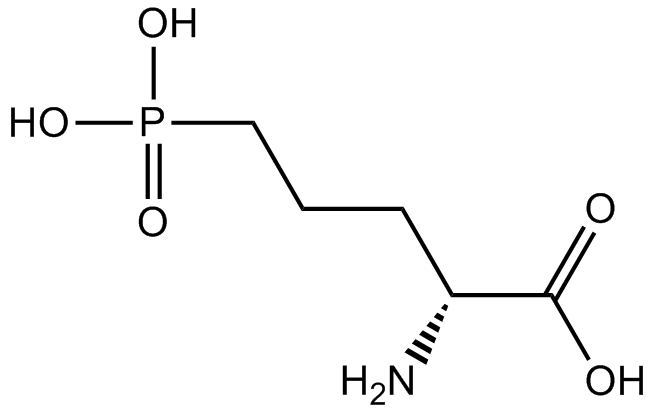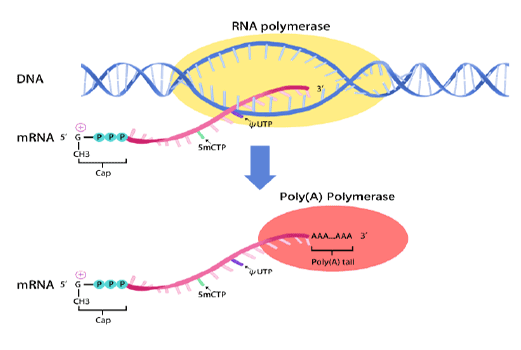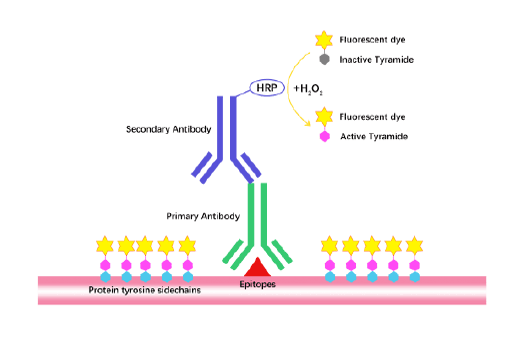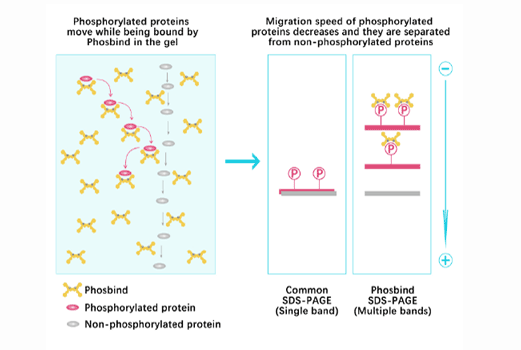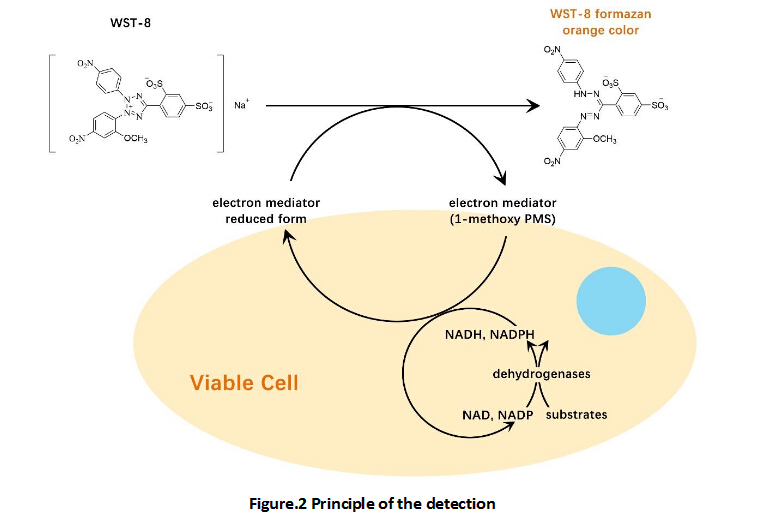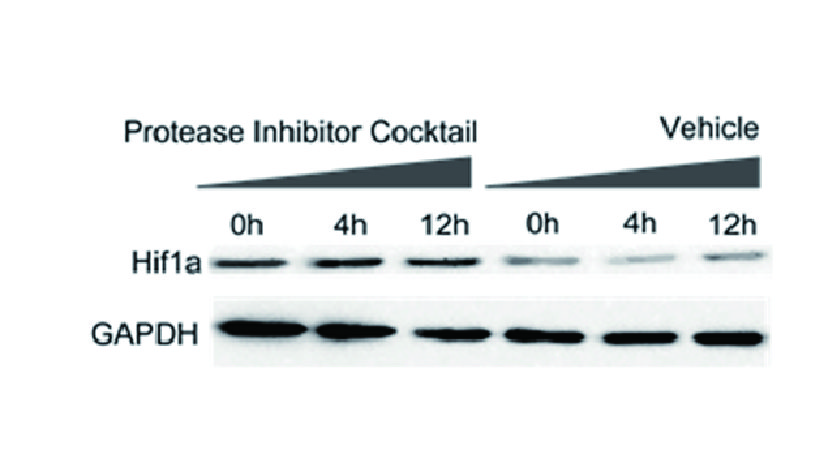D-AP5
D-AP5 (CAS 79055-68-8) is a highly selective and competitive NMDA receptor antagonist, acting primarily in neuronal tissues by binding to the glutamate recognition site of the NMDA receptor complex and blocking receptor activation. This compound exhibits potent antagonist activity in central nervous system tissues, thereby inhibiting excitatory neurotransmission mediated by NMDA receptors. Additionally, D-AP5 impedes synaptic plasticity processes that are dependent on NMDA receptor activation.
In electrophysiological and neuropharmacological studies, D-AP5 demonstrates inhibitory effects on NMDA receptor-mediated responses with an IC50 value of [ ], tested in various neuronal preparations and cell cultures. It can also reduce calcium influx in neurons following NMDA receptor stimulation and prevent excitotoxic neuronal cell death under experimental conditions. D-AP5 is widely utilized to block NMDA-induced synaptic currents, assess the role of NMDA receptors in synaptic plasticity, and investigate excitatory amino acid-mediated signal transduction.
In neuroscience research and pharmacological application contexts, D-AP5 is widely used for the study of NMDA receptor function, elucidation of glutamatergic signaling pathways, and the evaluation of neuroprotective strategies in models of neurological disorders, such as stroke, epilepsy, and neurodegeneration.
| Physical Appearance | A crystalline solid |
| Storage | Store at -20°C |
| M.Wt | 197.13 |
| Cas No. | 79055-68-8 |
| Formula | C5H12NO5P |
| Synonyms | D-APV; D-2-Amino-5-phosphonovaleric acid |
| Solubility | insoluble in DMSO; insoluble in EtOH; ≥28.1 mg/mL in H2O |
| Chemical Name | (R)-2-amino-5-phosphonopentanoic acid |
| SDF | Download SDF |
| Canonical SMILES | N[C@H](CCCP(O)(O)=O)C(O)=O |
| Shipping Condition | Small Molecules with Blue Ice, Modified Nucleotides with Dry Ice. |
| General tips | We do not recommend long-term storage for the solution, please use it up soon. |
| Cell experiment [1]: | |
|
Cell lines |
Neonatal slices, juvenile slices |
|
Preparation method |
Soluble to 100 mM in sterile water. General tips for obtaining a higher concentration: Please warm the tube at 37 ℃ for 10 minutes and/or shake it in the ultrasonic bath for a while. Stock solution can be stored below -20℃ for several months. |
|
Reacting condition |
100 μM |
|
Applications |
In neonatal slices, a 5 Hz/3 min train of stimuli did not induce LTD of field EPSPs in the presence of 100 μM D-AP5. In juvenile slices, a 5 Hz/3 min train of stimuli did not induce LTD of field EPSPs in the presence of 100 μM D-AP5. In the presence of 100 μM D-AP5, voltage-clamping the cells at -80 mV during the induction protocol prevented the induction of mGluR-LTD. |
| Animal experiment [2,3]: | |
|
Animal models |
Rats |
|
Dosage form |
0–50 mM |
|
Application |
In rats, D-AP5 (0–50 mM) via osmotic minipumps impaired spatial learning in a linear dose-dependent manner, highly correlated with its corresponding impairment of hippocampal LTP. No concentration of D-AP5 was observed to block LTP without affecting learning. Acute intrahippocampal infusion of radiolabelled D-AP5 revealed relatively restricted diffusion and was used to estimate whole-tissue hippocampal drug concentrations. Chronic i.c.v. infusions of D-AP5 caused a delay-dependent impairment of memory. |
|
Other notes |
Please test the solubility of all compounds indoor, and the actual solubility may slightly differ with the theoretical value. This is caused by an experimental system error and it is normal. |
|
References: [1]. Oliet S H R, Malenka R C, Nicoll R A. Two distinct forms of long-term depression coexist in CA1 hippocampal pyramidal cells[J]. Neuron, 1997, 18(6): 969-982. [2]. Davis S, Butcher S P, Morris R G. The NMDA receptor antagonist D-2-amino-5-phosphonopentanoate (D-AP5) impairs spatial learning and LTP in vivo at intracerebral concentrations comparable to those that block LTP in vitro[J]. Journal of Neuroscience, 1992, 12(1): 21-34. [3]. Steele R J, Morris R G M. Delay‐dependent impairment of a matching‐to‐place task with chronic and intrahippocampal infusion of the NMDA‐antagonist D‐AP5[J]. Hippocampus, 1999, 9(2): 118-136. | |
Quality Control & MSDS
- View current batch:
Chemical structure
